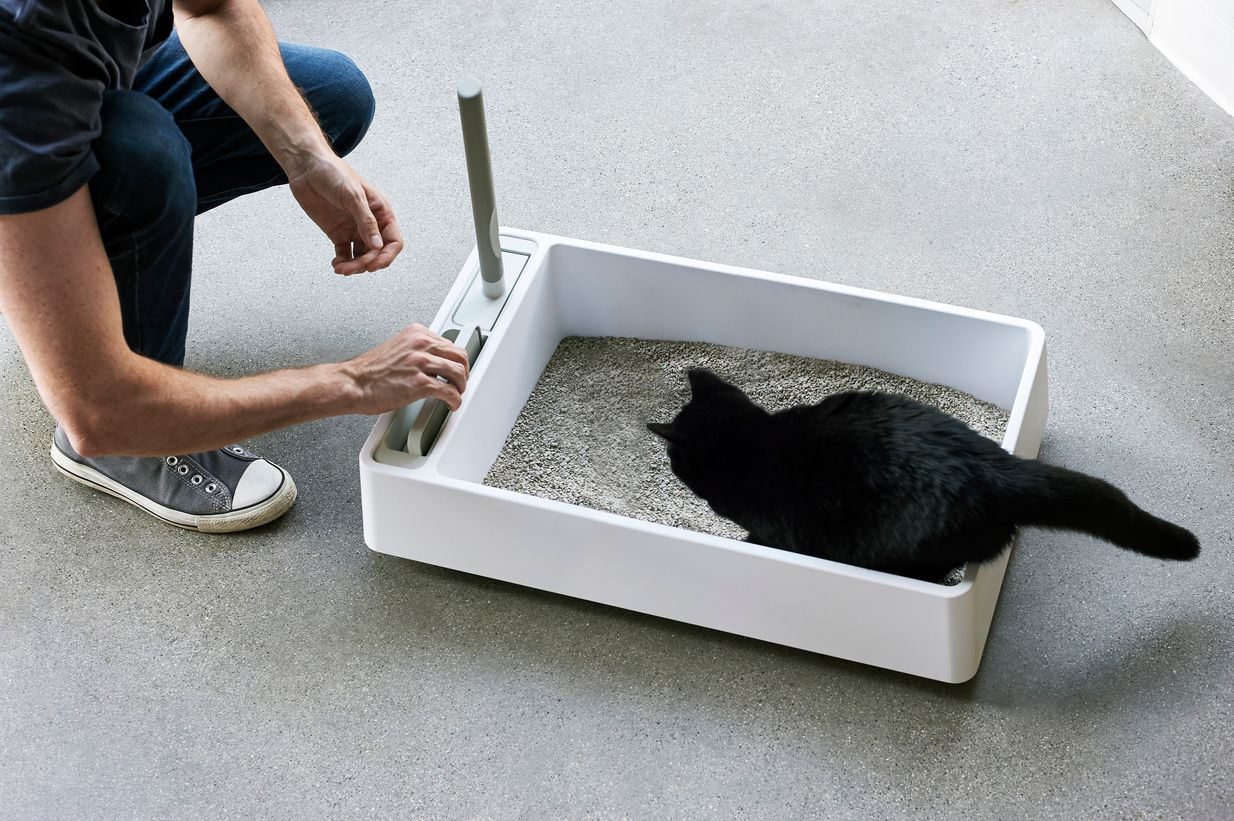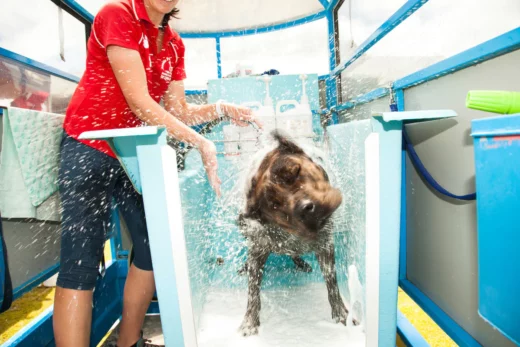There are a million reasons why we love our cats, but cleaning their litter boxes has never been high up on the list. But cat people know, cleaning a litter box is one of the prices you have to pay for the love of a cat.
Here at tuft + paw, we are cat experts. We’re intimately familiar with features that are most important to cats and we also spoke to actual cat and cat furniture experts to do some of the research for you on figuring out the benefits and drawbacks of different types of cat litter.
It all boils down to choosing the right cat litter for both you and your cat. Read on to learn all about the different cat litter options, and we’ll help you choose a litter that makes your entire household happy.
(stay tuned to the end for our pick for the best cat litter)
Your Cat Litter Options
1. Clay Cat Litter

Clay is one of the oldest and most commonly used types of commercial cat litter. There are both clumping and non-clumping clay litters.
Clay has become popular largely because it is a naturally-occurring cat litter that is sold virtually anywhere where you buy pet supplies. You’ll find many different brands of this litter with each brand using a slightly different formulation that often results in added ingredients to help neutralize odor (i.e. baking soda, synthetic fragrance).
For non-clumping clay cat litter, you’ll find that it absorbs its weight in liquid; however, because it doesn’t clump together, you’ll find you often have to change the litter.
- PROS of non-clumping: cheap, readily available
- CONS of non-clumping: tracks dust, messy, doesn’t neutralize odor well, not environmentally friendly
For clumping clay cat litter, the litter will clump into small balls that make it easier to clean out the litter box without having to empty the entire contents.
- PROS of clumping: easy to clean, odor neutralizing, don’t have to buy frequently
- CONS of clumping: causes dust, not environmentally friendly, can cause respiratory issues in both humans and cats
The biggest difference between the two comes down to price (clumping is more expensive, generally) and how often you have to clean (non-clumping requires more clean-out).
Bottom line: clumping may be more expensive, but you will have to use it less frequently, making the price difference not as significant.
2. Paper Pellet Cat Litter
Paper pellet litter is made from exactly what you would expect—paper. Specifically, it is usually made from recycled newspapers, and, on occasion, may include other additions like leaves and sawdust depending on what brand you choose to buy.
Upon first glance, this might seem like the perfect cat litter considering recycled paper is so readily available, but paper pellets have their flaws. Here are the biggest pros and cons if this is a cat litter you plan on purchasing.
- PROS of paper pellets: Environmentally friendly, no added scents, no chemical additives (healthy for you and your cat), non-tracking, great for kittens or cats with injuries/post-surgery
- CONS of paper pellets: Doesn’t control odor, cats don’t always like paper pellets, requires frequent changing in order to keep things clean





